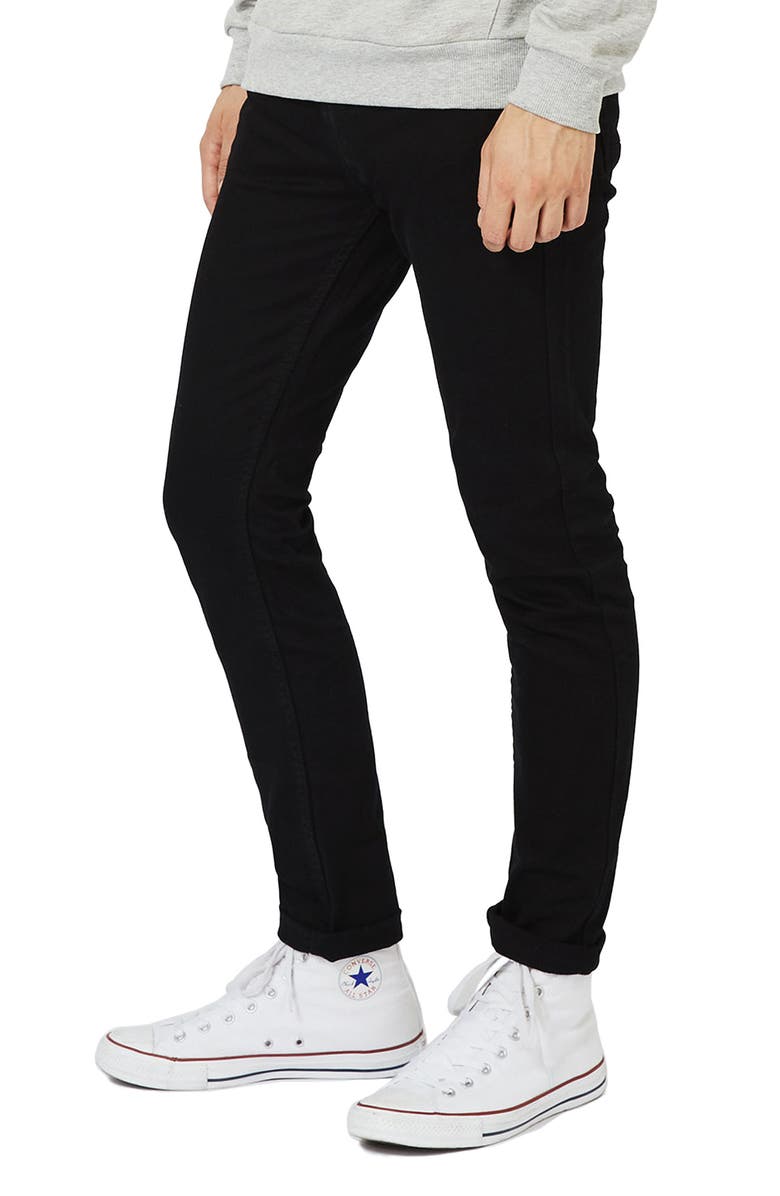Core 365™ Men’s Long-Sleeve Piqué Polo – Embroidered Personalization Available
#1 pique knit polo to fit any budget. 4-oz., 100% polyester pique with matching flat knit collar. Fade resistant; Easy care; Shrink proof. Moisture-wicking; Antimicrobial additive.
Core 365™ Men’s Long-Sleeve Piqué Polo – Embroidered Personalization Available
Item # OSA9143
- FREE Embroidery Setup Charge on 24 pieces or more! Add $35 on personalized orders under 24 pieces.
- #1 pique knit polo to fit any budget.
- 4-oz., 100% polyester pique with matching flat knit collar
- Fade resistant; Easy care; Shrink proof
- Moisture-wicking; Antimicrobial additive
- Long sleeves
- Three-button placket with dyed-to-match buttons
- UV protection performance; UPF-15 to 39
- Add your custom embroidered personalization
- Individually folded and bagged with size sticker
Product Specifications
6
ADULT SM – 5XL
Imprint Specifications
4″ X 4″ (10,000 STITCHES), UP TO 5 LINES OR LOGO; 35 CHARACTERS PER LINE
35
Ready to ship in 12 business days after artwork approval
Additional information
| Product Size | ADULT SM – 5XL |
|---|---|
| Imprint Size | 4" X 4" (10,000 STITCHES), UP TO 5 LINES OR LOGO; 35 CHARACTERS PER LINE |
| Max Imprint Characters/Line | 35 |









Reviews
There are no reviews yet.